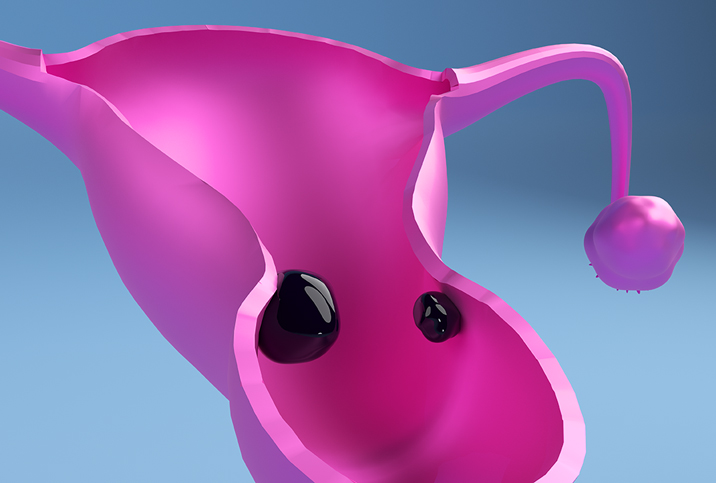Surgical Treatments for Cervical Dysplasia and Cervical Cancer

Getting a cervical cancer diagnosis is terrifying for any woman. Combating cancer typically means rounds of chemotherapy and radiation, which can include side effects such as hair loss, extreme fatigue and a lowered immune system. Fortunately, you have other options that can treat cervical dysplasia or remove cervical cancer without having to endure months of chemo. Here are some surgical options for treatment of cervical dysplasia and cervical cancer.
Loop electrosurgical excision procedure (LEEP)
Abnormal cell growth on the surface of the cervix is called cervical dysplasia, which is not cancer but can worsen over time and lead to cancer if left untreated.
Loop electrosurgical excision procedure (LEEP), or cervical conization, involves cutting away a portion of the cervix to remove abnormal cells. The abnormal tissue can then be tested for cancer. LEEP is performed after abnormal changes are confirmed by Pap tests and a colposcopy.
LEEP is typically performed in an office setting and takes only a few minutes. A numbing medication is injected in the cervix for pain relief.
Cryosurgery
A type of laser ablation, cryosurgery can remove the early-stage precancerous tissue on the cervix by using a metal probe that applies extremely cold temperatures to the area. The cold temperatures kill the abnormal cells, which then allows new cells to grow. Cryosurgery is effective for curing early-stage abnormal cells in about 85 to 90 percent of cases. The procedure often feels like cramping, along with pressure and a cold sensation in the vaginal area.
Excisional surgery
This procedure is used to remove and treat precancerous cells. Also known as conization, excisional surgery can cut the precancerous cells from the cervix. The doctor may use a surgical blade, a laser or a thin wire loop heated with electricity to take a cone-shaped piece of tissue from the area of the cervix where cancer is most likely to develop. Conization is an outpatient procedure and typically has minimal side effects, such as vaginal spotting or discharge.
Hysterectomy
Any type of hysterectomy is used for recurrent cervical dysplasia or precancer. They are also used for early-stage cervical cancers that have not yet spread to surrounding tissue or organs.
Hysterectomy is the surgical removal of the uterus; other organs, such as the ovaries and fallopian tubes, also may be removed depending on the reason for the surgery. If the ovaries are removed, this procedure will cause surgical menopause because the body will produce less estrogen.
During a total hysterectomy, the uterus and cervix are removed along with any abnormal cells. With an abdominal hysterectomy, the uterus will be removed through an incision in the abdomen. For a vaginal hysterectomy, the uterus is removed through the vagina. A laparoscopic hysterectomy requires a small cut in both the vagina and the abdomen, but the cuts are typically smaller.
Radical hysterectomy or trachelectomy
A radical hysterectomy—the removal of the cervix and uterus, along with part of the vagina, surrounding tissue and lymph nodes—is commonly done for treatment of advanced cervical cancer. A radical hysterectomy is done with a low transverse incision or a vertical incision.
A radical trachelectomy removes the cervix and upper part of the vagina, but leaves the uterus intact. Additional tissue from around the uterus and some pelvic lymph nodes are removed as well. The doctor leaves a stitch to act in place of the cervix, keeping the uterus closed. This procedure is a good option for women who may want to have children in the future. A woman who has had a trachelectomy can still get pregnant and carry children, but will have to give birth via C-section. Unfortunately, the chances of having a miscarriage may be higher.
Familiarity with some of the surgical treatment options for cervical dysplasia and cervical cancer should give you confidence in determining the best course of action for yourself and what to expect for your recovery.


















